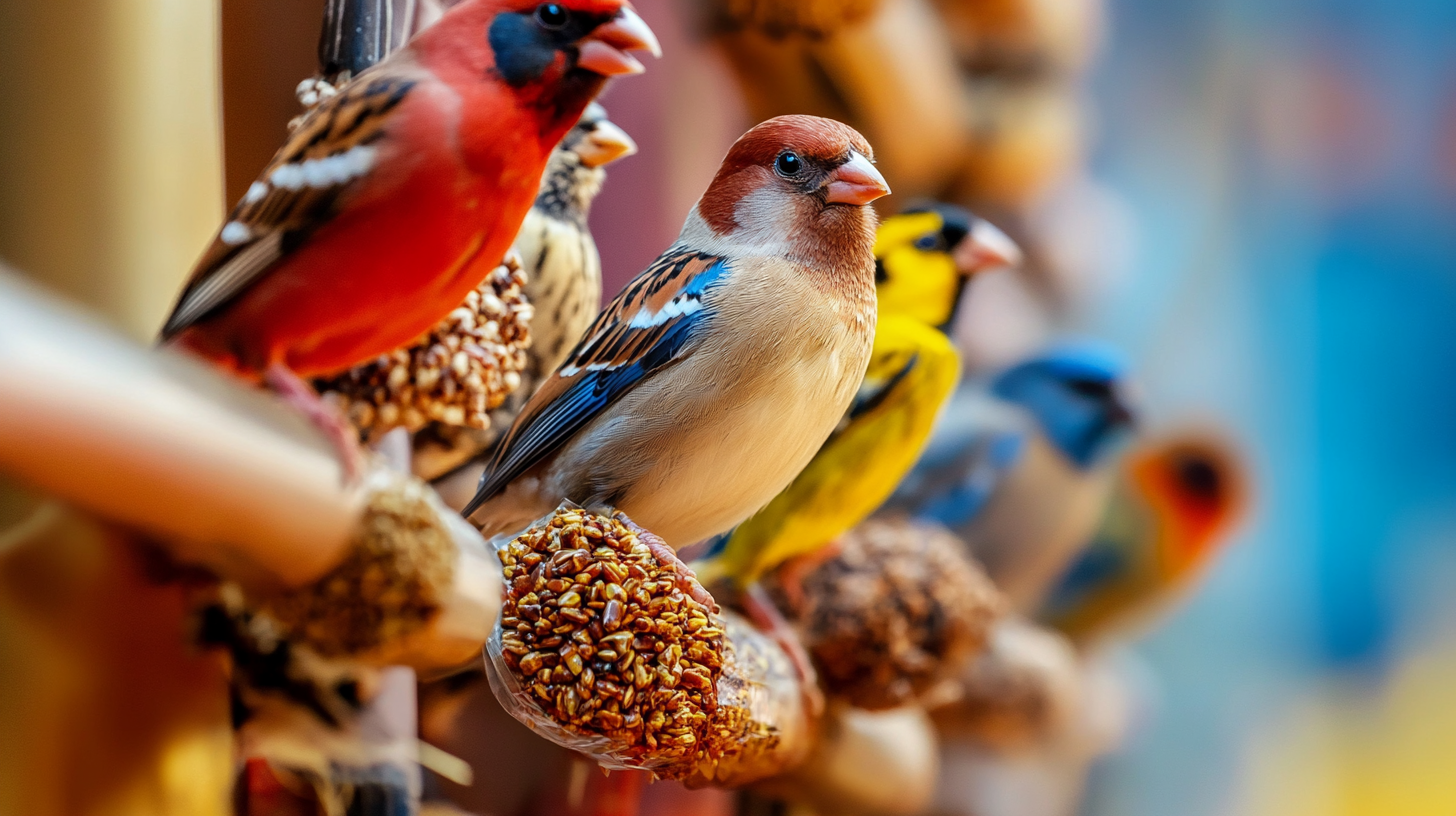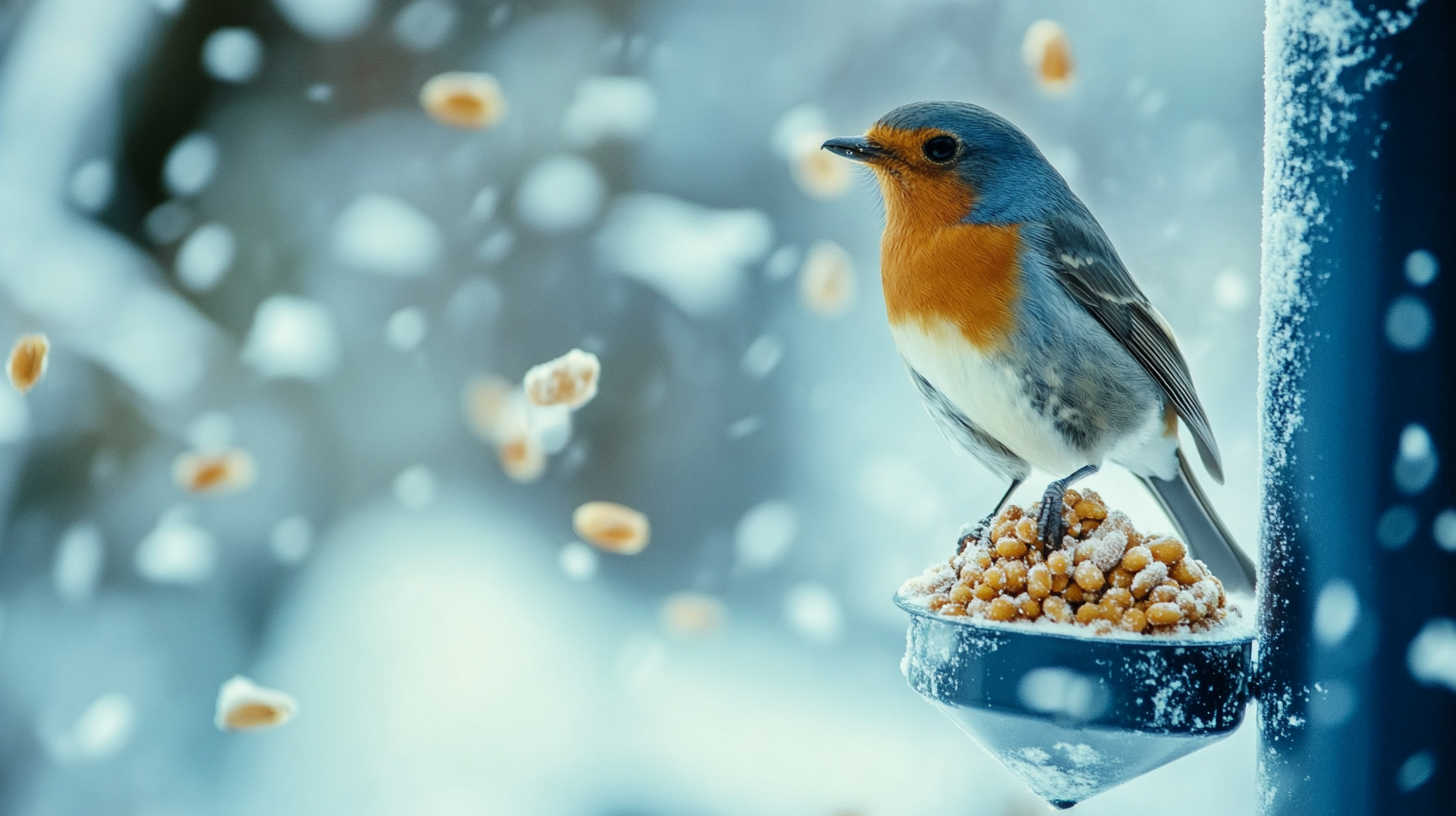7 Proven Tips for Optimal Bird Food Packaging Success
 Bird food packaging is a critical aspect of offering quality products that meet the diverse needs of avian enthusiasts and pet owners alike. In a market inundated with various types of bird feed, the right packaging can significantly impact product shelf life, usability, and consumer appeal. This blog aims to present seven proven tips for optimal bird food packaging success, focusing on the unique characteristics and applications of different alternatives in the industry. By understanding the strengths and weaknesses of various packaging types, manufacturers can enhance their product offerings, ensuring that the bird food not only stays fresh but also attracts the right customers. Join us as we explore effective strategies for creating packaging that resonates with consumers while safeguarding the nutritional integrity of the bird food.
Bird food packaging is a critical aspect of offering quality products that meet the diverse needs of avian enthusiasts and pet owners alike. In a market inundated with various types of bird feed, the right packaging can significantly impact product shelf life, usability, and consumer appeal. This blog aims to present seven proven tips for optimal bird food packaging success, focusing on the unique characteristics and applications of different alternatives in the industry. By understanding the strengths and weaknesses of various packaging types, manufacturers can enhance their product offerings, ensuring that the bird food not only stays fresh but also attracts the right customers. Join us as we explore effective strategies for creating packaging that resonates with consumers while safeguarding the nutritional integrity of the bird food.
Understanding the Importance of Quality Bird Food Packaging
Quality bird food packaging plays a crucial role in ensuring that the nutrition and freshness of the feed are maintained from the supplier to the end-user. By choosing the right materials and designs, manufacturers can significantly reduce waste and spoilage. Effective packaging safeguards against moisture, pests, and contaminants, all of which can compromise the quality of bird food. In addition, it allows for extended shelf life, making it highly appealing to both consumers and retailers.
Moreover, the packaging aesthetic also contributes to the overall success of bird food products. Eye-catching designs and informative labels not only attract customers but also communicate essential details about the product's nutritional benefits and ingredients. This transparency builds trust among consumers, leading to increased brand loyalty. Ultimately, investing in high-quality bird food packaging is not just about preservation; it’s also about providing a comprehensive customer experience that highlights the product's value.

Key Materials and Design Elements for Effective Packaging
When it comes to bird food packaging, the choice of materials and design elements plays a pivotal role in ensuring product freshness and consumer appeal. Selecting the right materials not only protects the contents but also enhances the overall aesthetic.
Opt for moisture-proof and UV-resistant materials to maintain the quality of seeds and pellets. Additionally, biodegradable options are becoming increasingly popular, aligning with eco-conscious consumer preferences.

In terms of design, clarity is essential. Use bold, easy-to-read fonts for labeling the ingredients and nutritional benefits. Incorporating vibrant images of birds can attract attention and convey the intended use effectively. One proven tip is to utilize resealable closures that allow customers to preserve freshness after opening. This feature not only provides convenience but also encourages repeat purchases, as customers are more likely to choose packaging that maintains product integrity.
Moreover, consider the packaging size. Offering a variety of sizes caters to different customer needs and helps reduce waste. Engaging designs that highlight the eco-friendly aspects of your packaging can create a strong brand image and resonate with environmentally-conscious consumers. By focusing on these key materials and design elements, brands can achieve optimal bird food packaging success.
How to Optimize Packaging for Freshness and Longevity
When it comes to bird food packaging, optimizing for freshness and longevity is crucial to meet consumer needs and ensure product quality. According to a report by the Pet Food Institute, approximately 30% of pet food waste comes from spoilage, underscoring the importance of effective packaging solutions. Utilizing materials that provide an airtight seal helps to prevent moisture ingress, which is a leading cause of spoilage in bird feed. High-barrier films and vacuum packaging techniques can extend freshness significantly, keeping the seeds and nuts palatable for longer periods.
Additionally, incorporating oxygen absorbers into packaging can further enhance longevity. Research from the Institute of Packaging Professionals indicates that reducing oxygen levels can increase shelf life by up to 50%. Brands that implement these strategies can not only enhance the quality of their products but also build consumer trust, as freshness directly impacts the pet's health and performance. By focusing on these packaging innovations, companies can effectively differentiate themselves in a competitive market, ensuring that birds are fed the highest quality products.
Sustainable Practices in Bird Food Packaging Solutions
Sustainable practices in bird food packaging have become increasingly crucial as consumer demand for eco-friendly products rises. According to a 2022 report by the Sustainable Packaging Coalition, over 70% of consumers are more likely to purchase products packaged in sustainable materials. This shift in consumer preference challenges manufacturers to innovate and adopt greener packaging solutions, thus enhancing their brand image while supporting environmental sustainability.
One effective approach is the use of biodegradable materials in bird food packaging. Research from Smithers Pira indicates that the market for biodegradable packaging is expected to grow at a CAGR of 14% from 2021 to 2026. Utilizing materials derived from plant-based sources not only reduces plastic waste but also aligns with the growing trend towards sustainability. Additionally, incorporating recycled materials can further minimize the environmental footprint. A study by the Ellen MacArthur Foundation emphasizes that packaging made from recycled content can reduce energy consumption by up to 50% compared to virgin materials, illustrating the dual benefits of recycling and sustainability in bird food packaging solutions.
Marketing Your Bird Food through Eye-Catching Packaging Design
In an increasingly competitive market, effective packaging design is pivotal in marketing bird food. According to a recent report by the American Pet Products Association, the pet bird food industry has seen a growth rate of 4.5% annually, with packaging being a crucial factor in consumers' purchasing decisions. Eye-catching packaging not only draws attention but also communicates the quality and nutritional benefits of the product, influencing consumers who are looking for the best options for their feathered companions.
Colors, textures, and shapes play significant roles in attracting potential buyers. Research indicates that products featuring vibrant colors can increase attention by up to 80%. Additionally, transparent packaging that showcases the actual food can enhance trust and perceived value among customers. Moreover, incorporating informative graphics and eco-friendly materials speaks to the growing consumer demand for sustainability, which, according to Nielsen, influences buying decisions for 73% of millennials. By leveraging striking packaging designs, bird food brands can position themselves favorably in the market and resonate with eco-conscious consumers looking for both quality and aesthetic appeal.

 中国
中国